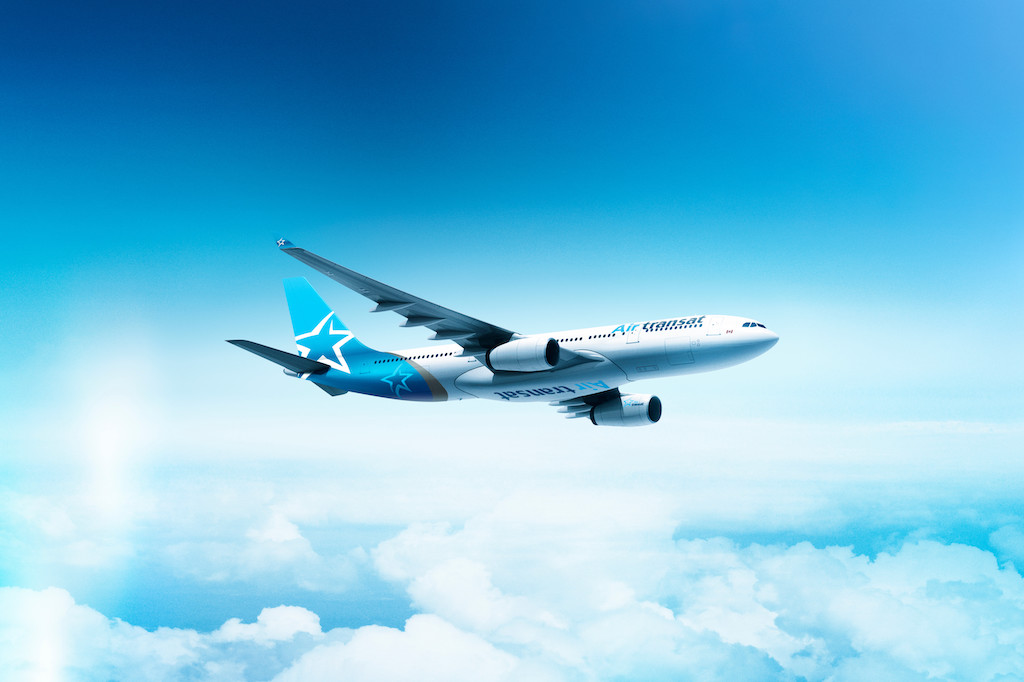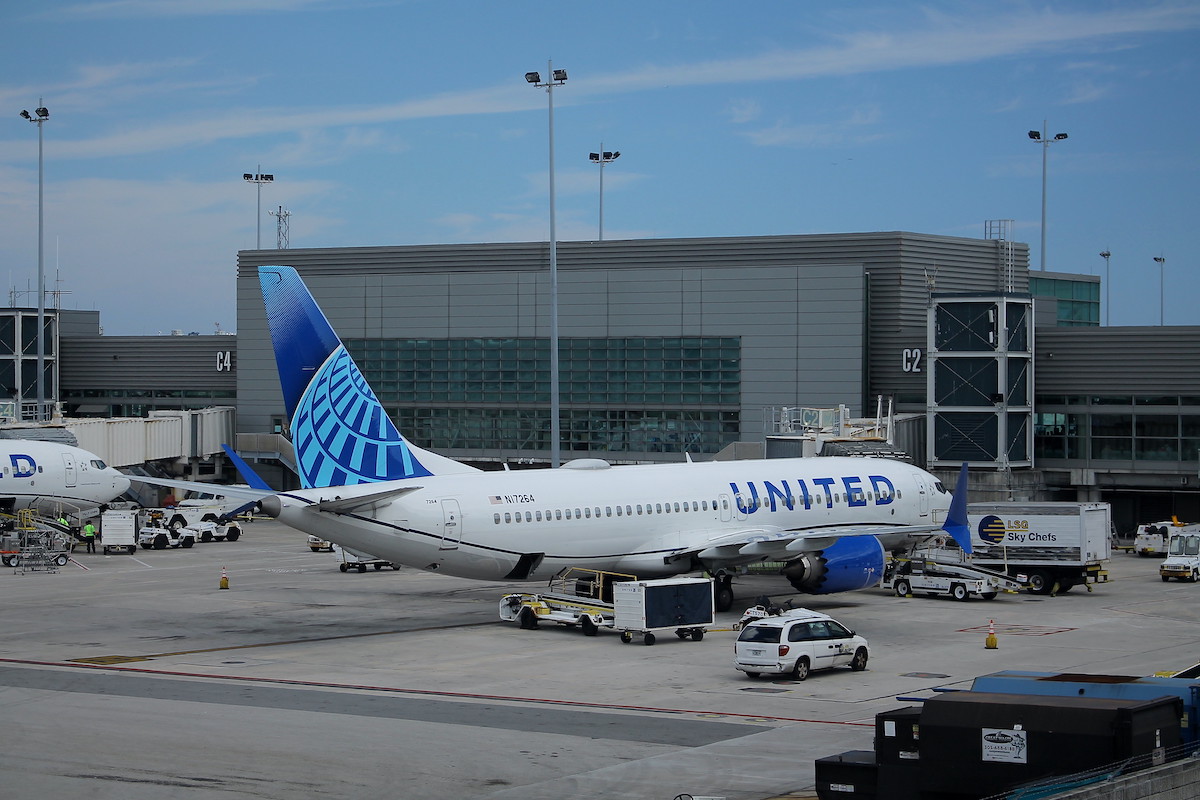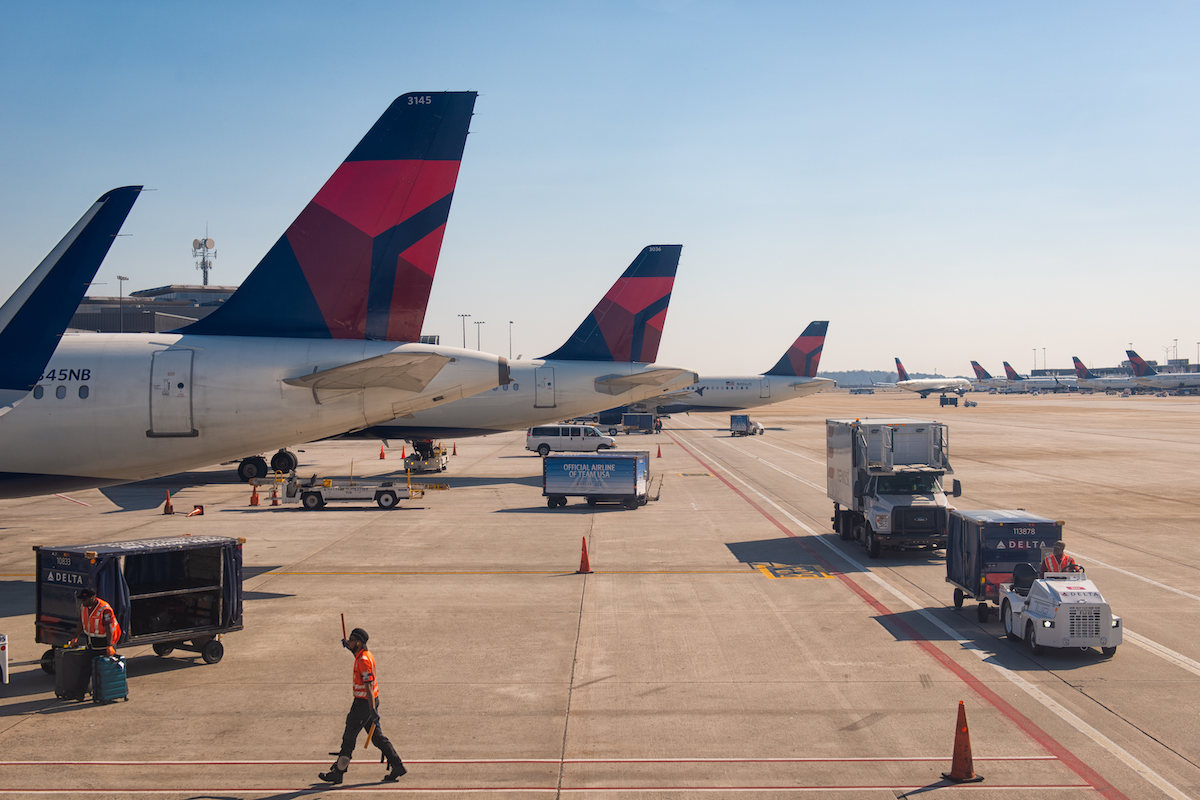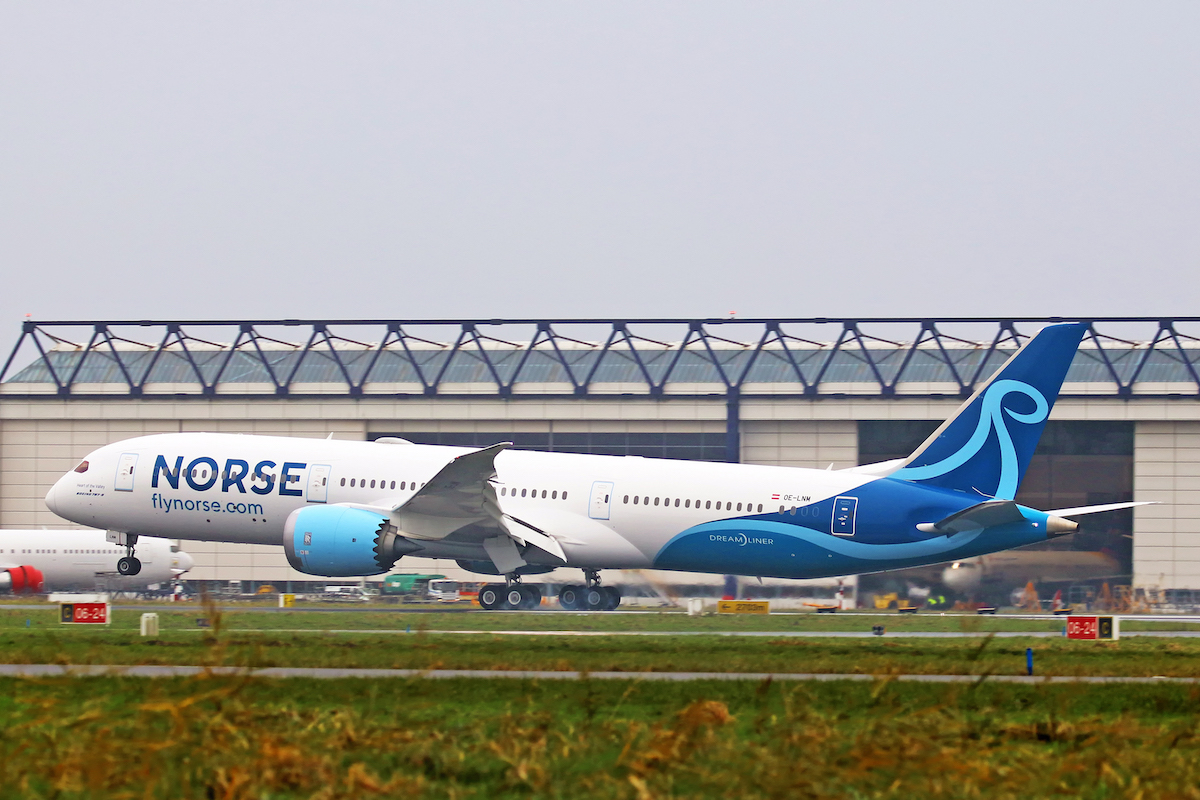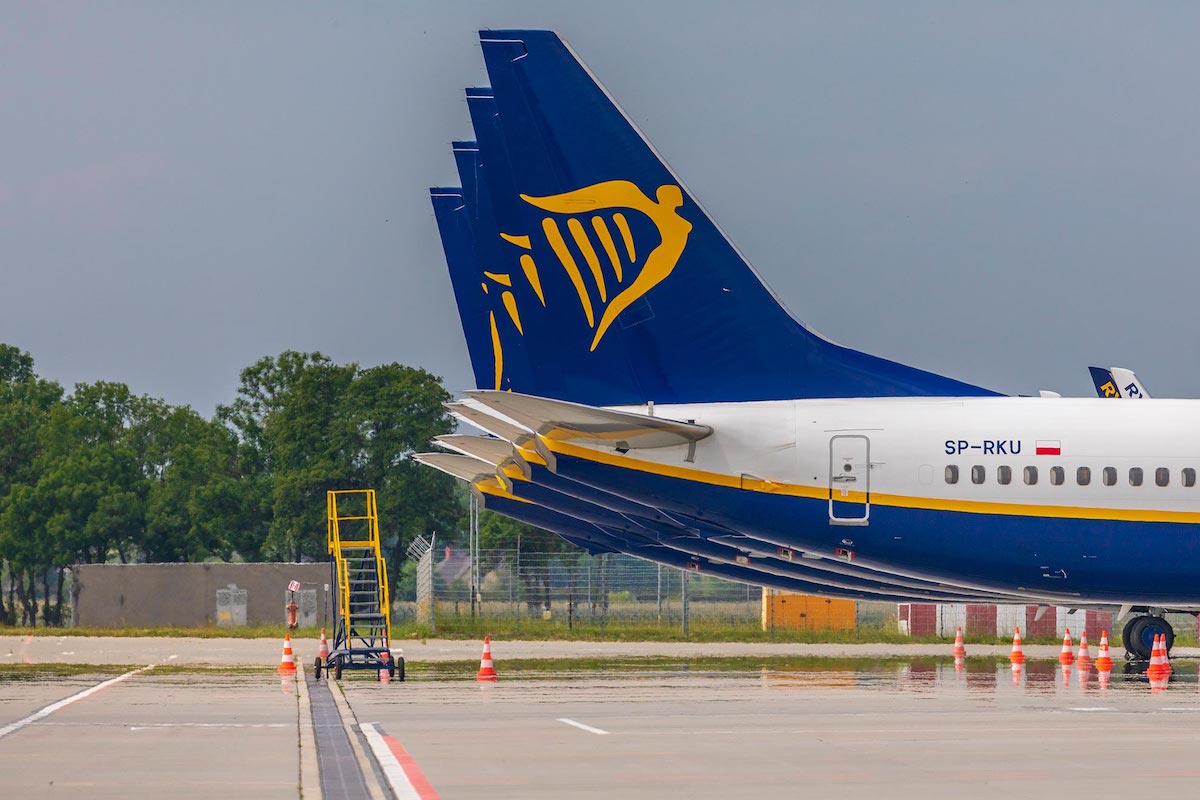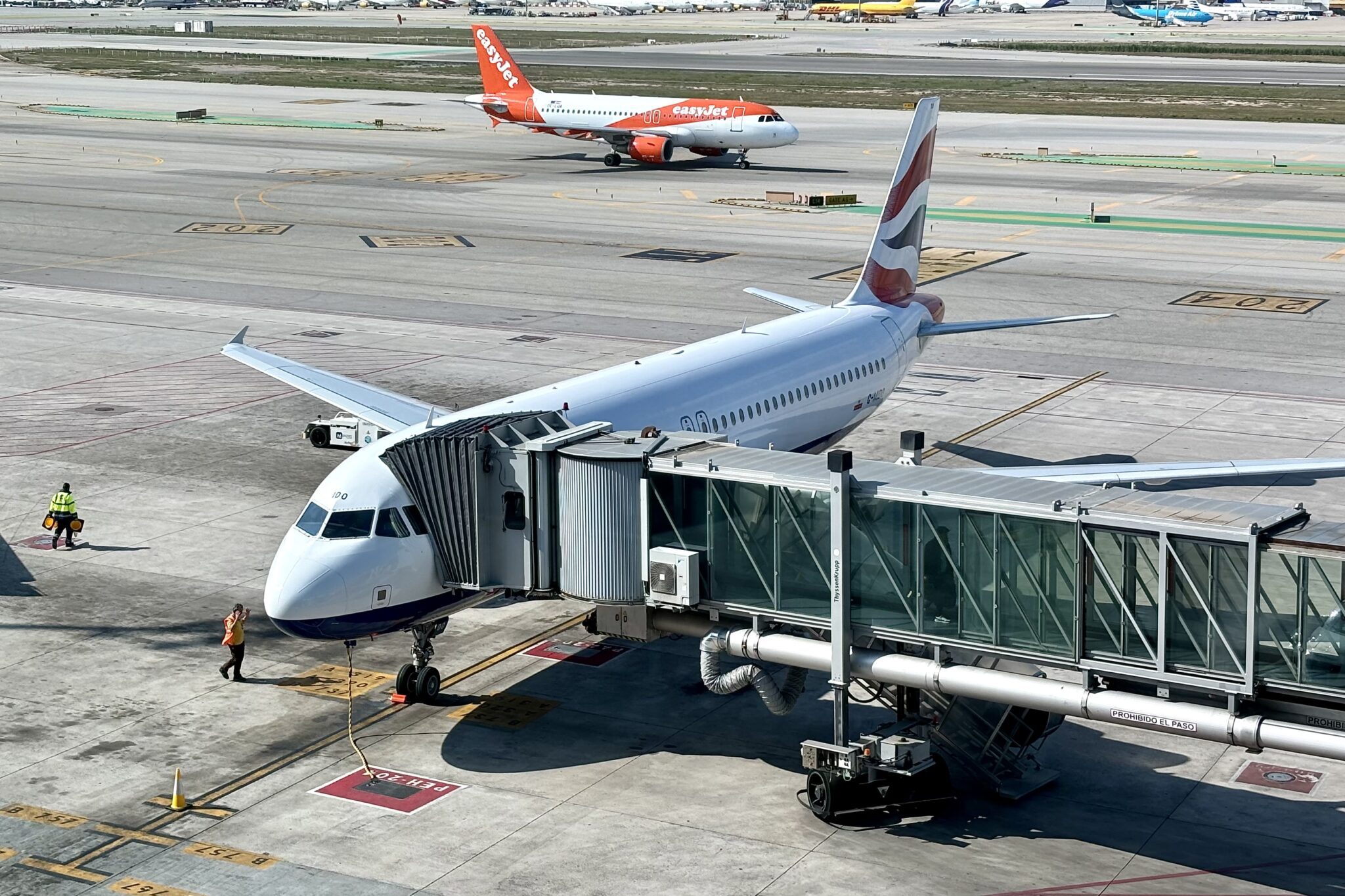Canada’s Transat, which sells vacation packages, said it’s “moving toward a gradual return to profitability,” underpinned by strong demand and high prices. The Montreal-based company, which owns and operates the airline Air Transat, gave its assessment during an earnings call with investors on Thursday.
For its fiscal first quarter — covering the offpeak months of November, December, and January — Transat reported a negative 6 percent operating margin. Losses are not uncommon for Canadian travel companies during winters; Air Canada recently reported a negative 1 percent operating margin for its October-to-December quarter. (Note that Air Canada and Transat agreed to merge in 2019, but the deal collapsed in 2021, after European Union competition regulators signaled their disapproval).
Transat’s bookings for the upcoming spring and summer seasons look strong, enough so for CEO Annick Guérard to declare: “Transat is on an upswing and is headed for a return to profitability.” She added: “These results are especially encouraging since the first quarter, which falls in the shoulder period, is usually the lowest of the year.” The company aims for a positive operating margin of between 4 and 6 percent for the full fiscal year that ends in October.
During the fiscal first quarter, capacity was roughly back to 2019 levels, while load factors reached a healthy 85 percent. During winters, much of Air Transat’s flying is to southern sunshine destinations in Florida, Mexico, and the Caribbean. During summers, it pivots to a more Europe-focused schedule.
December and January were tough months operationally for Canada’s airlines, owing to weather that was rough even by Canada’s standards. Air Transat though, said it was “able to maneuver well through the delays and setbacks that disrupted North American airports in late December and early January.”
Regarding the current February-to-April quarter, Transat says yields on tickets already sold are 25 percent higher than they were in the comparable period of 2019. That’s consistent with a trend evident throughout the airline industry this year: fares have risen sharply, often enough to overcome a significant increase in costs. “The combination of demand and higher prices will allow the Corporation to cope with higher costs,” Transat said in a statement. That’s assuming, however, that Canada doesn’t suffer a deep recession this year, or that fuel prices or exchange rates don’t prove troublesome.
For now, though, “the North American airline sector is benefitting from a countercyclical recovery with pent-up demand for travel.” Transatlantic markets have been especially robust, as Air Canada and various U.S. and European airlines have reported. Transat itself is now codesharing with WestJet and Porter Airlines, two other Canadian carriers. Also critical to its strategy are newly-arriving Airbus A321-LRs and later XLRs (the first is scheduled to come in 2025). These have extended range capability that enables more nonstop services between eastern Canada and western Europe. Other priorities include boosting aircraft utilization, reducing seasonality, increasing revenue from ancillary sources, and adding more capacity from eastern Canada. As for human resources, “so far,” said Guérard, “we’ve been able to attract and retain all the people we need.”
It all adds up to a favorable outlook. Said chief financial officer Patrick Bui: “We previously communicated that we were aiming to be cash flow positive by 2024. We are now aiming to be cash flow positive this fiscal year.”
